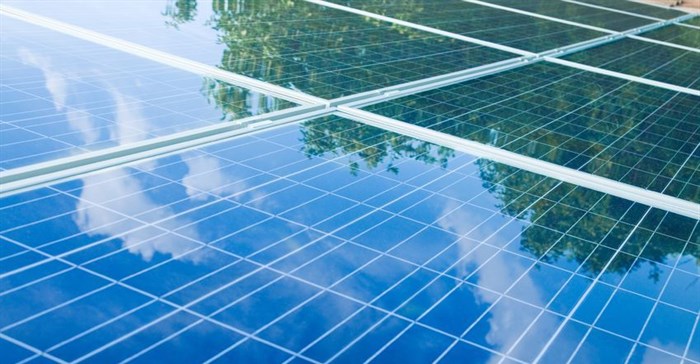How to ensure the shortest payback period for commercial solar

This according to Charl du Plessis, head of project development at EP Solar, a division of Energy Partners and part of the PSG group of companies, who says that PV installations that have been optimised for their specific application are yielding increasingly shorter payback periods.
“In light of electricity tariff increases alone, companies that install new PV systems tend to see better returns on investment year-on-year already. There are also a number of things that a business can do to make sure that they get the best possible payback,” he says.
Most important factors
Du Plessis says that the most important factors to take into account regarding the payback period of a newly installed system, are the operation and maintenance costs, the degradation of the panels, electricity tariffs and tax incentives.
“When we calculate a client’s payback period, we usually include a conservative annual electricity tariff increase of around 6%. It is also important to understand that solar panels also lose their efficiency over time. After 20 years, they generally only generate about 80% of their installed capacity. This also forms part of the payback calculation, and it is important to make sure that the system’s efficiency does not fall below that. That is also why it is vital to ensure that the system has a 25 year warranty that stipulates exactly that.”
Du Plessis adds that the cost of electricity for the specific property needs to be factored in. “Companies with a portfolio of properties need to prioritise the sites that cost the most to power. It is also worth noting that the cost of PV systems can be deducted from the company’s tax for the first one to three years after installation, depending on the installed generation capacity.”
Operation and maintenance
According to Du Plessis, the operation and maintenance of a system may be one of the most important factors in ensuring a good return on investment. “This starts with the quality of the installation. We always motivate to use our in-house installation services, since it allows us to maintain control of the level of quality. We have also found that installations are more cost-effective when we do them in-house.”
Du Plessis also recommends that clients make use of a monitoring system that provides them with real-time data on the efficiency of the system, as well as identifying issues with the systems so that repairs can be made as early as possible.
“Properly planning the maintenance schedule of a system also helps to get the most out of an installation. Knowing which days and times to shut down sections of a system for maintenance, helps to ensure that the system still takes full advantage of the available sunlight,” he adds.
“The business case for commercial PV systems is already becoming stronger each year. Implementing the right measures will just bring so many more cost benefits to companies,” Du Plessis concludes.















































































